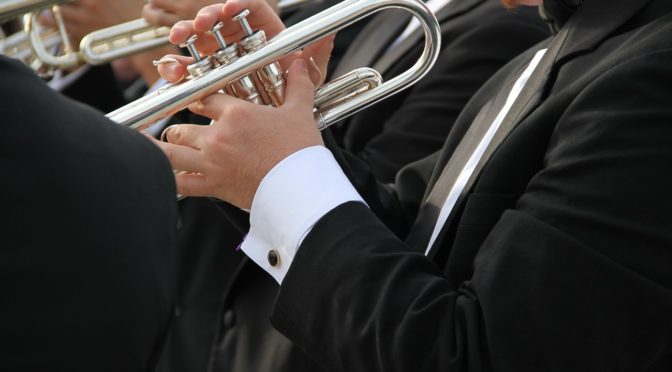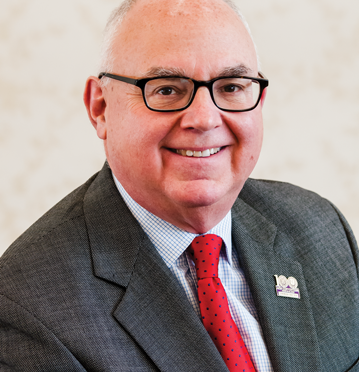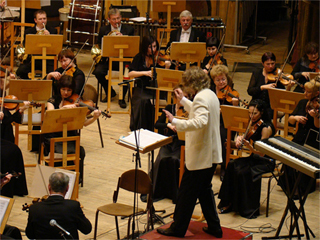The Boston Landmarks Orchestra voted by an overwhelming majority to ratify a first CBA with the Boston Musicians Association (BMA), Local 9-535 (Boston, MA). Informal talks and formal negotiations spanned over four years and included a stipulation by the National Labor Relations Board (NLRB) to bargain.
Negotiations were challenging, but with the help of the Federal Mediation and Conciliatory Services (FMCS) and a tremendous amount of work from the BMA member bargaining committee—Chair Ken Stalberg, Hans Bohn, Kevin Green, Nancy Hudgins and Bob Lynam—the BMA and the Boston Landmarks Orchestra came to a five-year agreement. Among other standard AFM provisions, the agreement names a tenured roster protected by solid non-renewal and appeals processes, and includes solid annual wage increases.







